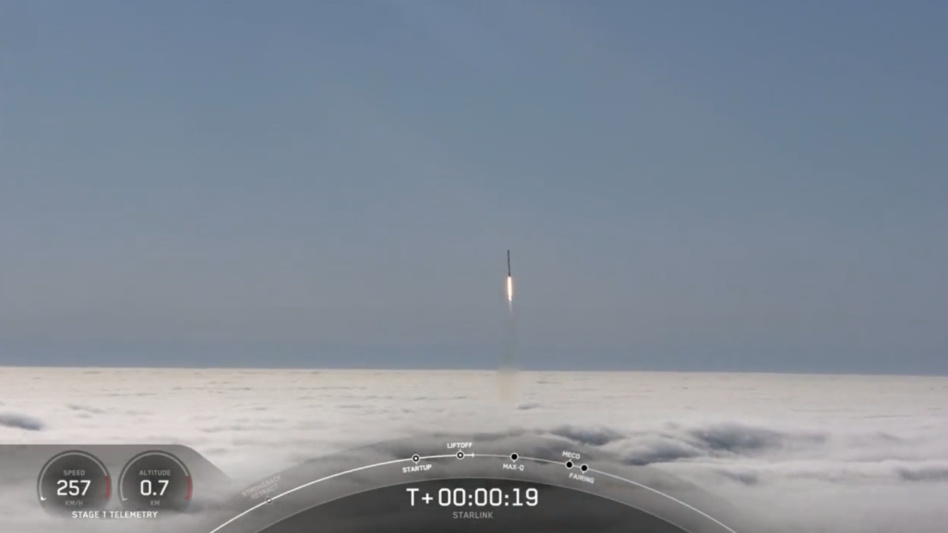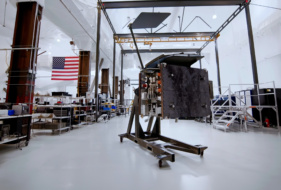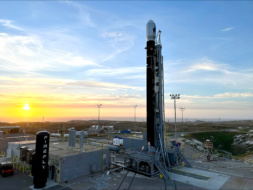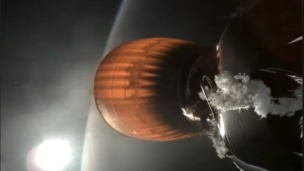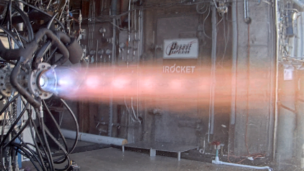SpaceX launched its 51st set of Starlink satellites this evening, with the workhorse Falcon 9 lifting out of a thick layer of fog enveloping Vandenberg Space Force Base in California.
Sunday evening marks the 50th dedicated Starlink launch. The mission’s first-stage booster previously launched Sentinel-6 Michael Freilich, NASA’s DART planetary defense mission, and three Starlink missions.
- The 46 Starlink satellites lifted off without a hitch at 9:39pm Eastern.
- Following a successful separation, Falcon 9’s first stage landed on Of Course I Still Love You, a SpaceX droneship positioned in the Pacific Ocean.
- Talk about a quick turnaround…SpaceX launched 53 Starlink satellites just three days ago on July 7.
Say hello to Shell No. 3
Tonight’s Starlink Group 3-1 mission is the first deployment of Starlink’s third shell. The 46 satellites will operate in a near-polar orbit, hence the launch from Vandenberg. Starlink’s third shell will enable SpaceX to boost Starlink coverage of Earth’s polar regions, and once complete, will consist of 348 satellites.
All time, SpaceX has now deployed 2,805 Starlink satellites, per NASA Spaceflight. This was SpaceX’s 29th launch of 2022.
